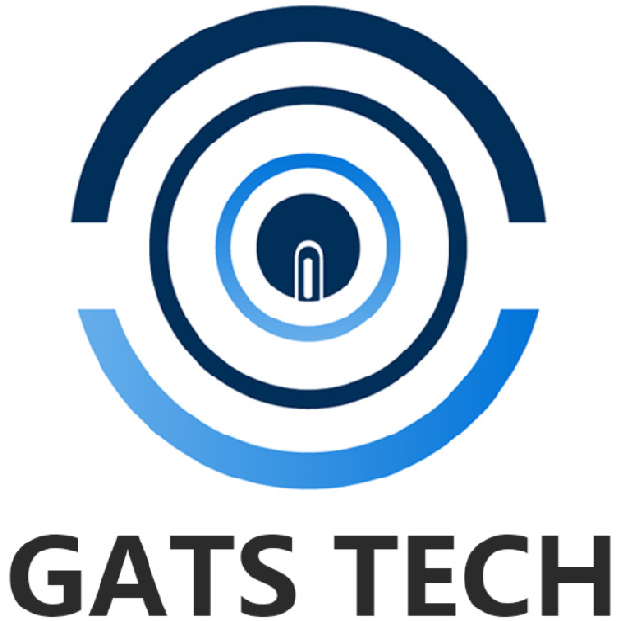LG Shows a Record 440 Pixels Per Inch Display
LG showed an amazing 440 Pixels Per Inch (PPI) display at the Society for Information Display SID Show in Boston June 5-7. It is a Full HD 1920 x 1080 pixel display, the same as your 40+ inch HDTV, but on a Smartphone sized 5 inch screen.
While other manufacturers are working on 400+ PPI displays this is the first one to be shown publicly, and will probably be the first one into production – LG says by the end of 2012. Previous product PPI record holders include the iPhone 4, which has 326 PPI, and a 329 PPI HD 1280 x 720 display, also by LG. Note that the high PPIs quoted for PenTile displays (which only have 2 sub-pixels per pixel) are not comparable to the PPIs for standard RGB displays.
No surprise here – the LG 440 ppi display looked amazingly sharp from inside its glass case at the SID show. Very bright too – 500 nits, brighter than most mobile displays (but this display was not battery powered). The colors looked very good – LG specs the Color Gamut at 82% of the Standard sRGB/Rec.709 (but they shockingly state it as 72% of the NTSC Color Gamut, a 60 year old spec that is obsolete although it is still used by many manufacturers. I’ll comment on the use of the obsolete 1953 NTSC and 1931 CIE Color Gamuts in a future Display News article).
One surprising technical note is that the display shown at SID uses traditional amorphous Silicon, which is not particularly efficient with brightness or power at high PPIs, and is the same technology used in the new Apple iPad 3. However, LG said they were also planning a Low Temperature Poly Silicon LTPS version, which is very efficient with brightness and power, and is the same technology used on the Apple iPhone 4.
Of course, one question is do you need a 440 ppi display? If you have 20/20 Vision then you’ll have what Apple calls a Retina Display down to a viewing distance of 7.8 inches – at that distance or greater you won’t be able to make out the individual pixels, so the display appears as sharp as your eyes can resolve. 7.8 inches is close, but not an unreasonable viewing distance. For some content you will need a magnifier to read any fine text and graphics designed for viewing on larger screens.
One major advantage of this format in a Smartphone size is that there is a tremendous amount of content designed and formatted expressly for 1920 x 1080 HDTVs that can be displayed exactly without requiring rescaling to lower resolutions, which always introduces scaling artifacts. So the 1920 x 1080 screen format will make the images very crisp and also save processing time and power, since the images can be passed unaltered to the display.
A display like this will require lots of battery power for the CPU, GPU, memory, and Backlight, so it remains to be seen how widely adopted it will be for mobile devices in the near future. But from a marketing perspective high PPI “Retina Displays” are very hot…
